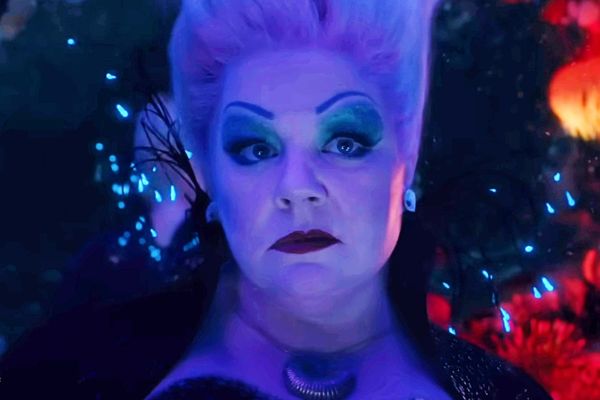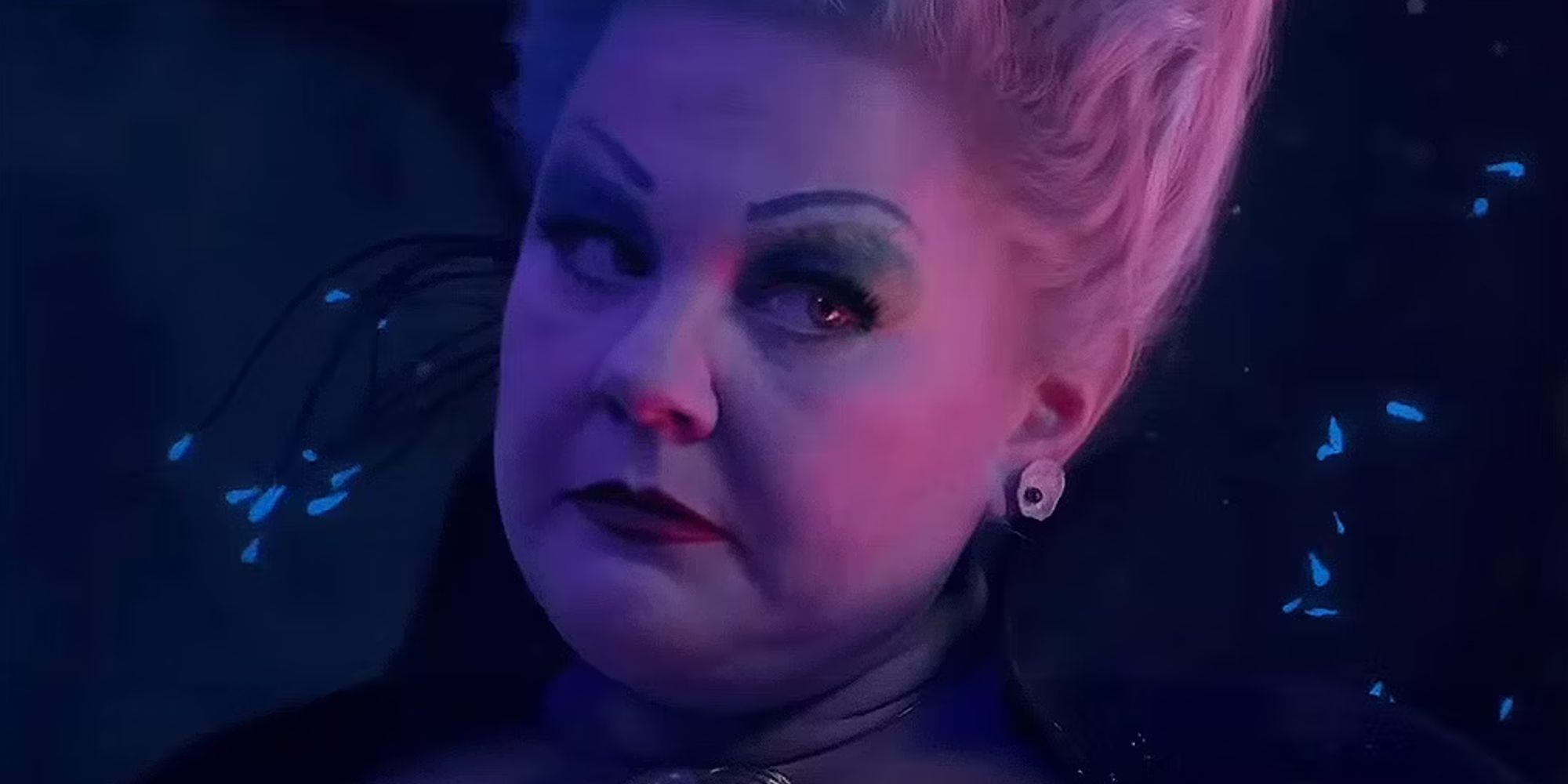
The Fascinating Connection Between Ursula and Drag Culture

Exploring the inspiration behind Ursula's character and its connection to drag culture.
The Origins of Ursula and Her Transformation
Ursula, the iconic villain from The Little Mermaid, has captivated audiences with her larger-than-life persona and striking appearance. First introduced in the 1989 animated film, Ursula's character has left a lasting impression on viewers of all ages. However, what many may not realize is the fascinating connection between Ursula and drag culture, which has influenced her portrayal in various adaptations.
Vanessa looking into the mirror and seeing Ursula in the animated version of The Little Mermaid
In a recent cosplay video shared by @ronclark_, viewers were treated to a jaw-dropping transformation as Clark embodied the humanoid octopus with remarkable accuracy. The video showcased the meticulous process of recreating Ursula's distinct features, from her bulbous periwinkle chin to intricate eye makeup, culminating in a stunning portrayal that paid homage to the character's origins. This portrayal serves as a testament to the enduring influence of Ursula's character and its ties to drag culture.
The evolution of Ursula's character, from the animated film to the live-action remake, highlights the timeless appeal of her persona. Melissa McCarthy's portrayal in the 2023 remake further solidified Ursula's status as a beloved antagonist, while also drawing attention to the character's roots in drag culture. As viewers witnessed Clark's transformation, it became evident that Ursula's allure transcends traditional gender boundaries, embracing the theatricality and extravagance synonymous with drag performances.
Instagram article posted by ronclark__
The Influence of Drag Culture on Ursula
Ursula's larger-than-life appearance and flamboyant demeanor bear a striking resemblance to the campy aesthetics popularized by drag queens. The character's over-the-top portrayal and exaggerated features reflect the influence of drag culture, drawing parallels to the captivating performances of renowned drag queens. In particular, Ursula's connection to popular drag queen Divine, known for her iconic work in films like Pink Flamingos, underscores the enduring impact of drag culture on the character's creation.
By delving into the legacy of The Little Mermaid's drag queen tie-in, the cosplay video serves as a poignant reminder of Ursula's origins and the enduring influence of drag culture. Through Clark's transformation, viewers are given a glimpse into the intersection of performance art and character portrayal, showcasing the seamless fusion of drag aesthetics with Ursula's formidable persona. This powerful homage to drag culture reaffirms the character's status as a symbol of theatrical extravagance and inclusivity, transcending conventional gender norms and embracing the spirit of artistic expression.
The portrayal of Ursula in drag-inspired cosplay not only celebrates the character's origins but also pays homage to the legacy of drag queens who have left an indelible mark on popular culture. Clark's transformation embodies the spirit of drag performance, infusing Ursula's character with a sense of empowerment and theatrical grandeur that resonates with audiences worldwide. The intersection of drag culture and Ursula's persona exemplifies the enduring legacy of inclusivity and creativity, underscoring the profound impact of drag queens on the portrayal of iconic characters.
The Enduring Legacy of Ursula and Drag Culture
The captivating portrayal of Ursula in the cosplay video serves as a testament to the character's enduring legacy and her profound connection to drag culture. As Melissa McCarthy's performance in the live-action remake drew inspiration from drag queen mannerisms, the influence of drag culture continues to permeate Ursula's character, enriching her portrayal with a sense of authenticity and theatricality. While discussions surrounding the casting of drag queens in iconic roles persist, the transformative power of drag-inspired portrayals, exemplified by Clark's remarkable cosplay, reinforces the enduring impact of drag culture on popular narratives and character representations.
In essence, the evolution of Ursula's character and her enduring appeal underscore the timeless influence of drag culture on popular media and storytelling. The fusion of drag aesthetics with iconic characters like Ursula not only celebrates the spirit of artistic expression but also paves the way for greater inclusivity and representation in entertainment. By embracing the legacy of drag culture, Ursula's character continues to captivate audiences with her larger-than-life persona, transcending conventional gender norms and inviting viewers to revel in the artistry and extravagance of drag-inspired performances.
In conclusion, the mesmerizing transformation of Ursula in the cosplay video serves as a powerful testament to the enduring legacy of drag culture and its profound influence on character portrayals. Through Clark's portrayal, audiences are invited to embrace the intersection of drag aesthetics and iconic characters, celebrating the spirit of inclusivity and creativity that defines drag culture. As Ursula's character continues to enchant audiences with her captivating persona, her connection to drag culture stands as a timeless reminder of the transformative power of performance art and the enduring legacy of drag queens in popular culture.









